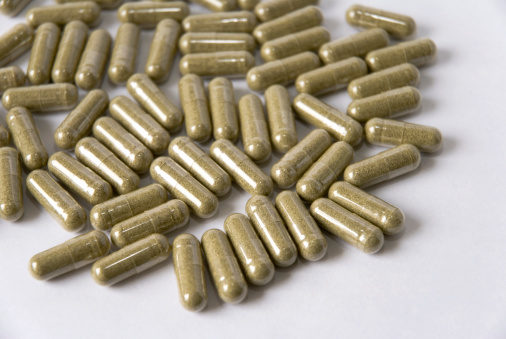Silver Spring, MD; San Diego, CA—A new guidance document that details the formulating and marketing of organic dietary supplements under the USDA’s National Organic Program (NOP) has been released by The American Herbal Products Association (AHPA) and Quality Assurance International (QAI).
The guide, which can be accessed for free from AHPA’s Web site (www.ahpa.org), gives examples of what kinds of supplements may be eligible for NOP organic certification and what rules must be followed throughout the entire cultivation and packaging processes in order to earn that title. It also covers approved production methods and common certification issues dietary supplements manufacturers may encounter.
According to Jaclyn Bowen, QAI general manager, the goal of the guide was to “educate the dietary supplements industry with an easy-to-understand overview of organic certification,” which they accomplished through “experts [who] truly understand the in-depth rules of organic compliance needed to meet NOP regulations.”
Consumer demand for natural and organic products has grown steadily in the past few years; a recent study found that 76% of consumers preferred products that are certified as green and sustainable. Sales of organic dietary supplements jumped 8.5% to $739 million from 2010 to 2011. AHPA President Michael McGuffin states that they created the guide in order to “help the herbal supplements industry take advantage” of this growing demand.
The NOP’s regulations, which were developed in 1990 under the Organic Foods Protection Act, have different qualifications for four varying degrees of labeling a product as “organic.” A product may be “100 percent organic” and bear the USDA seal or simply list organic ingredients on its label. The guide lists the requirements and gives examples of dietary supplements that may qualify for each category.
Included in the types of dietary supplements that may be certified as organic by the USDA are herbal teas, extracts, vitamins, minerals, raw agricultural herbs and encapsulated products.
Published in WholeFoods Magazine, October 2013 (online 9/4/13)










